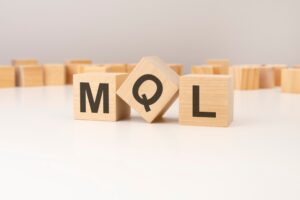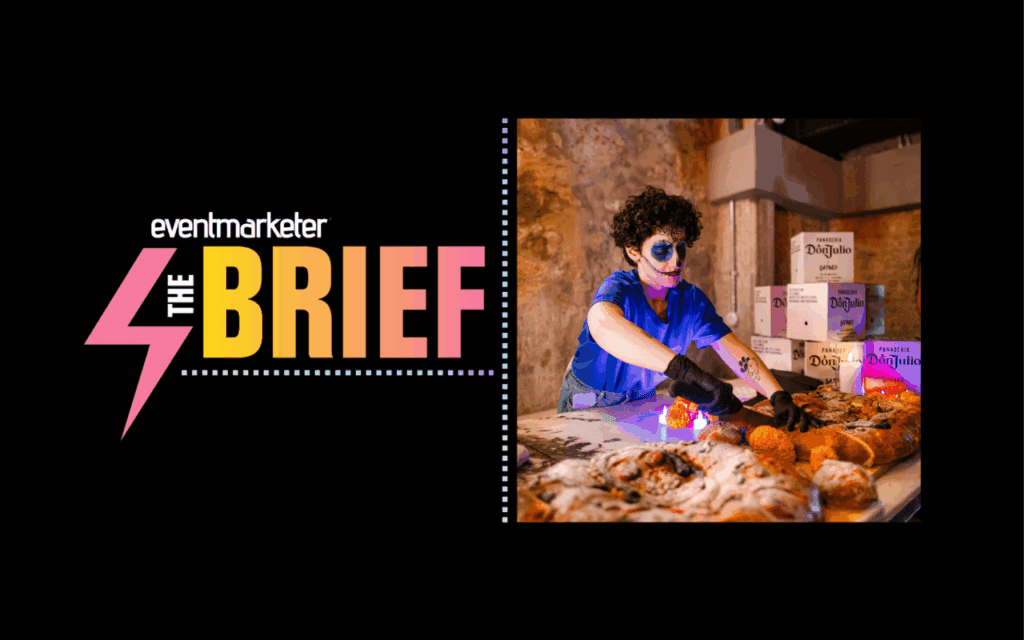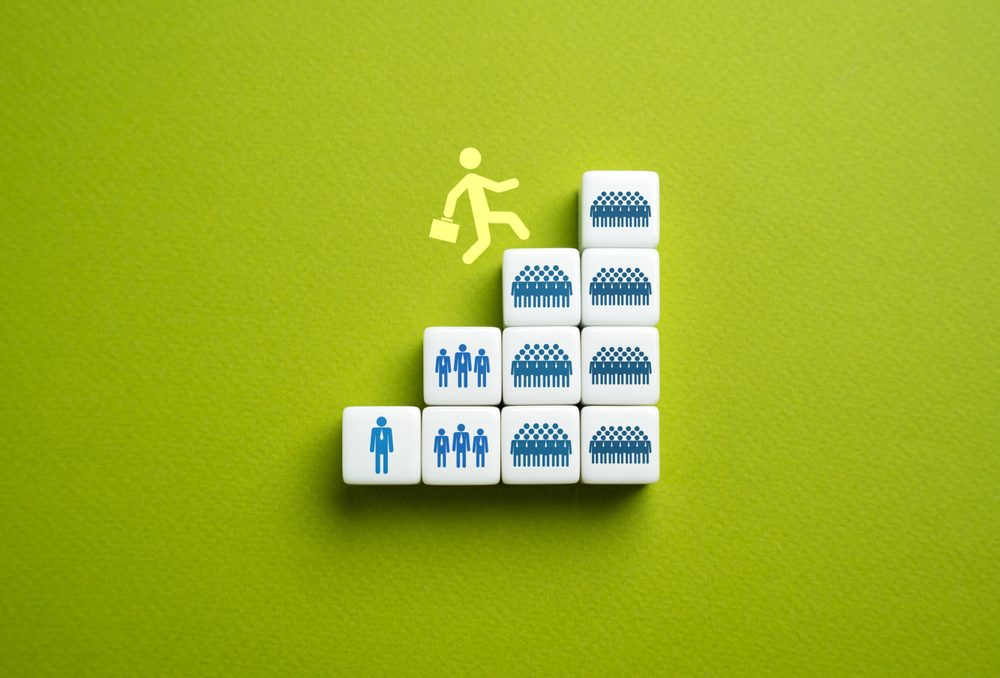A revamped trade show booth that engaged nursing professionals with the brand boosted sales and customer relationships for medical technology marketer Hill Rom Holdings Inc.
Batesville, IN-based Hill Rom is a $1.6 billion diversified medical technology business that sells product ranging from beds and stretchers to IT solutions designed to facilitate nursing communications, patient flow and obstetrical safety.
The company's products are in about 75% of North American hospitals, and are also sold across Europe and Latin America, says Phillip D. Settimi, vice president and CMO, noting that even if you haven't been in a medical facility recently chances are good you've seen their wares. "Patients are always sitting on Hill Rom beds on 'House' or 'Grey's Anatomy.'"
The products are typically purchased by hospitals, nursing homes and acute care facilities, as well as by individuals in need of home healthcare essentials. The sales cycle can be anywhere from six to 18 months, says Settimi, noting that there's a process of generating awareness of the clinical benefits of the products, like improving patient comfort. Price points range from a few thousand up to $30,000 for the highest end bed.
Hill Rom connects with customers at a number of touchpoints, including customer experience centers in California and Indiana, and has about 400 salespeople in North America. But industry trade shows such as the NTI National Teaching Institute & Critical Care Exposition top the list as the best place to network and talk with nurses, who have great influence over purchasing decisions.
"The approach we take in general is maximizing the highest traffic and opportunity for engagement," says Settimi. "Clinicians hold tremendous weight with supply organizations in hospitals."
A major problem for the organization, however, was that it had a trade show booth that didn’t showcase the range of patient care solutions the company offers. Beds were on display, but none of Hill Rom’s digital solutions were showcased. "We're much more than a bed company," says Settimi. "We wanted to be known as a connectivity leader in our space, but there was nothing digital on display.
At the first trade show he attended after joining the company in 2010, he saw tremendous engagement with the company and over 500 nurses who attended a sunrise session to discuss clinical outcomes. "But that didn't carry through to the booth," he say. "I realized that I didn't want to see that again—we can't just be stating that we're a leader in clinical outcomes, we need to put into context."
The solution was a booth broken down into six demonstration stations that let nurses experience and try out how the technology could be beneficial to their patients. “It showed how our products worked together, rather than laying them out like a used car lot,” he says.
Each station had a kiosk where nurses could do things like create their own protocol for progressive mobility, a key factor in getting patients up and moving quicker after illness or surgery. Nurses were also able to send any publications they created back to themselves at their home institution.
Company representatives who were presenting sessions at the conference also gave more intimate presentations at the booth to engage attendees. In addition, virtual demos were done on iPads, and plasma displays were used to highlight the data streaming out from the actual beds into information system, to show how that feature could be utilized.
The methodology behind the customer experience mapping of the booth was highly controlled, run in the way a pit boss might run a casino. People with the right skills necessary were specifically chosen to staff the booth, and were given sample "scripts" of how they might interact with attendees, who were guided through the booth from the moment they hit the reception area through the stations and kiosks.
Because the company’s trade show booth was due for a refresh anyway, the cost of the new set-up was already factored into Hill Rom’s budget. "In terms of operating expenses, it wasn't much more than a typical show. Folks were still traveling, we were just handpicking who was going to be there. And, the onsite training was more focused."
Leads generated for the major shows the company exhibits at have increased four to 10 times. One event, where 300 clinicians were taken through the booth experience and showed interest, drove $2.5 million in new business for the company, which received a 2011 B2B Sales and Marketing Award from the Corporate Executive Board.
A personal thank you email is sent to all booth attendees, reconnecting them with the brand message and offering to continue the education and awareness process. From an employee standpoint, Settimi says he's also seeing more energy engagement from his team, who are responsible for following up on the leads generated at the show.
While clinicians don't have buying power, they often make the purchasing recommendations and influence the process, he stresses. "We're not closing deals at he show, our intent is to drive demand and document demand generation."




